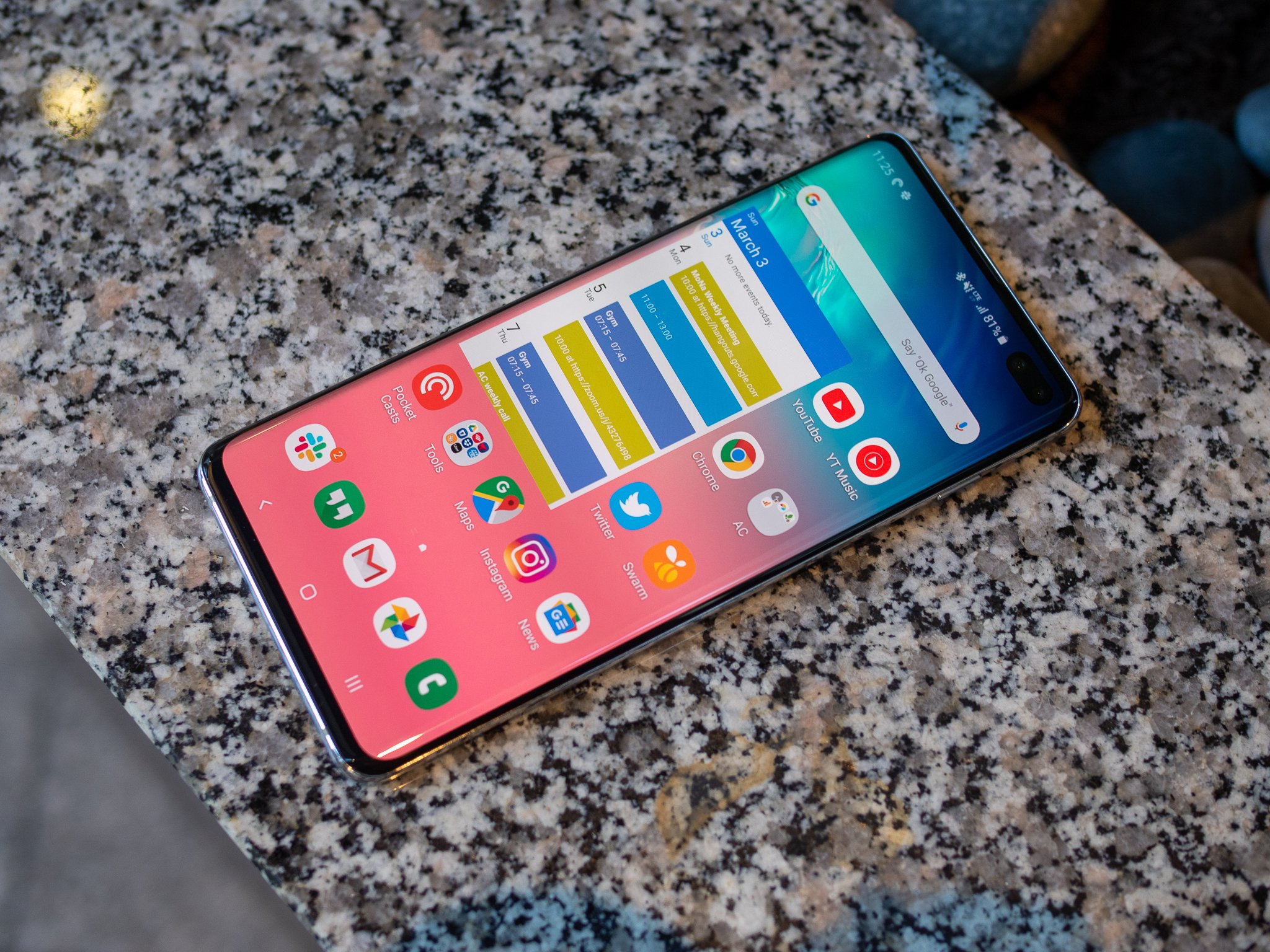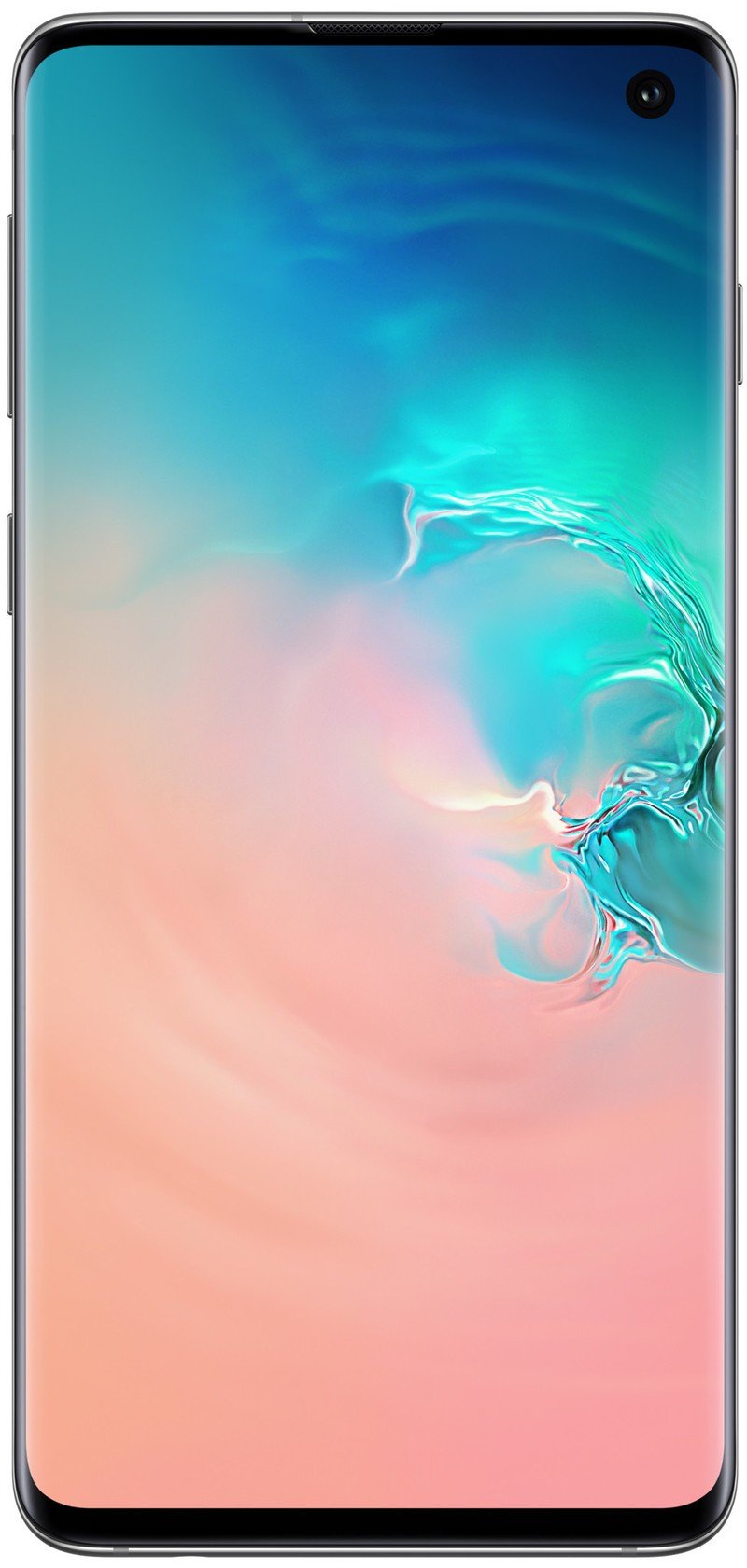How secure is the face recognition on the Galaxy S10?

Best answer: With the Galaxy S10 series, Samsung has switched to a standard facial recognition system that's less secure than a PIN or fingerprint. That means your phone can be unlocked with a photo or video that resembles your likeness.
- Our pick: Samsung Galaxy S10 ($750 at Samsung)
Face recognition on the Galaxy S10 isn't as secure as a PIN
For the last two years, Samsung offered specialized hardware on its flagships to enable iris scanning. The manufacturer used a camera in conjunction with an IR emitter to analyze your iris patterns — which are more distinctive than fingerprints — and used the data for biometric authentication.
The Galaxy S10 offers fast face unlock, but it isn't as secure as before.
Iris scanning wasn't as fast as a fingerprint sensor, but it was one of the most secure facial recognition systems available on Android. With the Galaxy S10 series, however, Samsung is switching to a standard face unlock that relies on software-based processing to authenticate your features.
On the Galaxy S10, the camera takes a photo of your face and stores it on-device and uses that information to authenticate your features whenever you switch on the screen. Software-based face unlock has been on Android for over seven years now, and virtually every manufacturer offers a similar feature.
Samsung is undoubtedly adding more facial data points to make it harder to unlock your S10 with a photo, but the fact of the matter is that the feature isn't as secure as iris scanning or using the fingerprint sensor. To its credit, Samsung says so when you're setting up facial recognition.
If you're worried about security, just use the in-display fingerprint sensor.
It's possible Samsung got rid of iris scanning to make face unlock faster on the Galaxy S10. There's an animated ring that goes around the front camera cutout to illuminate the sensor — making it easier to use the feature at night — and authentication itself takes just under a second.
Be an expert in 5 minutes
Get the latest news from Android Central, your trusted companion in the world of Android
But like all software-driven facial recognition systems, the one on the Galaxy S10 series is prone to failures, particularly if you have a beard or wear glasses. There were several times over the last few weeks where I switched on the screen just to have face unlock glitch out and refuse to authenticate my features.
If you're worried about security, you're better off using the fingerprint sensor. Samsung is offering an ultrasonic in-display module on the Galaxy S10, and it works better than the optical solutions on the likes of the OnePlus 6T. It isn't quite as fast as using the capacitive fingerprint sensor on the Pixel 3, but I didn't have nearly as many issues during authentication. Furthermore, it works just fine even if your fingers are moist or wet.

Still the most feature-packed phone around
The Galaxy S10 may not have iris scanning anymore, but it's still a fantastic phone. The ultrasonic in-display fingerprint sensor more than makes up for the less-secure face unlock, and overall the Galaxy S10 is a standout flagship that is a delight to use.

Harish Jonnalagadda is Android Central's Senior Editor overseeing mobile coverage. In his current role, he leads the site's coverage of Chinese phone brands, networking products, and AV gear. He has been testing phones for over a decade, and has extensive experience in mobile hardware and the global semiconductor industry. Contact him on Twitter at @chunkynerd.
